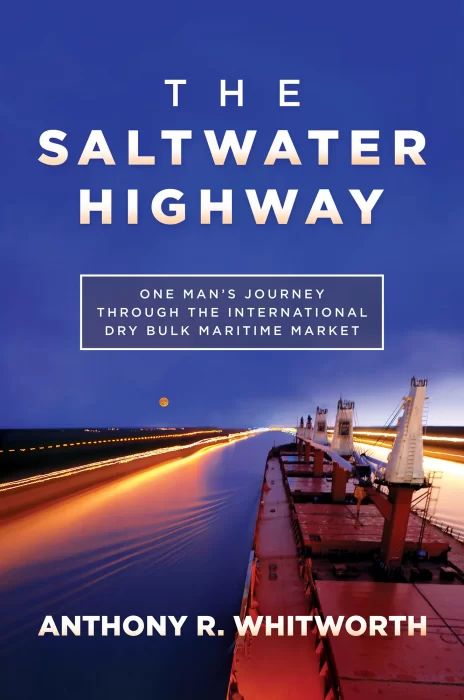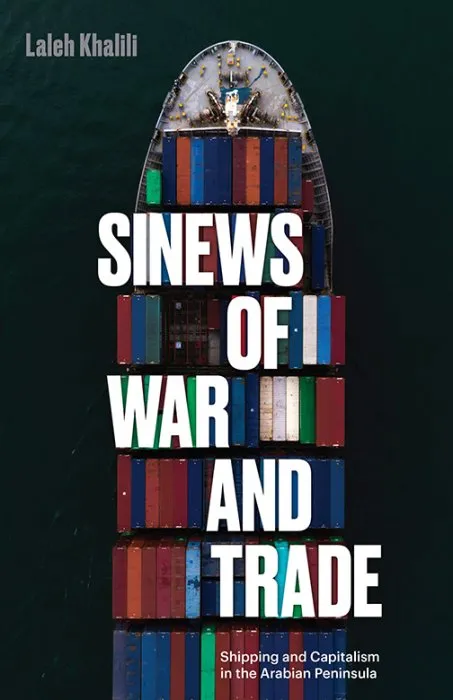The Millennium Maritime Trade Revolution, 700–1700: How Asia Lost Maritime Supremacy

Date: February 8th, 2024
ISBN: 1399060120
Language: English
Number of pages: 376 pages
Format: EPUB
Add favorites
This book explains how and why and how destructive continental influences destroyed Asia's maritime supremacy.
Following the series’ first book How Maritime Trade and the Indian Subcontinent Shaped the World, this book continues to demonstrate how maritime trade has been the key driver of the world’s wealth-creation, economic and intellectual progress.
The story begins where the first book ends, when following Roman Empire collapse, 7th-century European maritime trade almost ceased, creating population collapse and poverty; the Dark Ages. In 700, stuttering, hesitant recovery was evident with new ports but Viking and Muslim maritime raiding neutered recovery until the 11th century. In Asia by contrast, short and long-haul trade thrived and accelerated from east Africa and the Persian Gulf all the way to China, encouraging Southeast Asian state formation.
The book tells the story of slowly rising, gradually accelerating European maritime trade, which until the 15th century was overshadowed by far more voluminous Asian trade in much larger, more complex ships traded by more sophisticated commercial entities, contributing to innovative tolerant wealth-creating maritime societies. In Europe, Mediterranean maritime trade made most progress from about 1000 to 1450. But by 1700, north Europeans dominated Atlantic, American and Mediterranean trade and were penetrating sophisticated Asian maritime networks, a complete reversal.
This book explains how and why and how destructive continental influences destroyed Asia’s maritime supremacy. As in the first book, Nick Collins finds similar patterns; maritime inquisitiveness, invention, problem-solving and toleration and continental political suppression of those maritime traits, most dramatically in China, but destructively everywhere, allowing the millennium maritime trade revolution.
Following the series’ first book How Maritime Trade and the Indian Subcontinent Shaped the World, this book continues to demonstrate how maritime trade has been the key driver of the world’s wealth-creation, economic and intellectual progress.
The story begins where the first book ends, when following Roman Empire collapse, 7th-century European maritime trade almost ceased, creating population collapse and poverty; the Dark Ages. In 700, stuttering, hesitant recovery was evident with new ports but Viking and Muslim maritime raiding neutered recovery until the 11th century. In Asia by contrast, short and long-haul trade thrived and accelerated from east Africa and the Persian Gulf all the way to China, encouraging Southeast Asian state formation.
The book tells the story of slowly rising, gradually accelerating European maritime trade, which until the 15th century was overshadowed by far more voluminous Asian trade in much larger, more complex ships traded by more sophisticated commercial entities, contributing to innovative tolerant wealth-creating maritime societies. In Europe, Mediterranean maritime trade made most progress from about 1000 to 1450. But by 1700, north Europeans dominated Atlantic, American and Mediterranean trade and were penetrating sophisticated Asian maritime networks, a complete reversal.
This book explains how and why and how destructive continental influences destroyed Asia’s maritime supremacy. As in the first book, Nick Collins finds similar patterns; maritime inquisitiveness, invention, problem-solving and toleration and continental political suppression of those maritime traits, most dramatically in China, but destructively everywhere, allowing the millennium maritime trade revolution.
Download The Millennium Maritime Trade Revolution, 700–1700: How Asia Lost Maritime Supremacy
Similar books
Information
Users of Guests are not allowed to comment this publication.
Users of Guests are not allowed to comment this publication.




